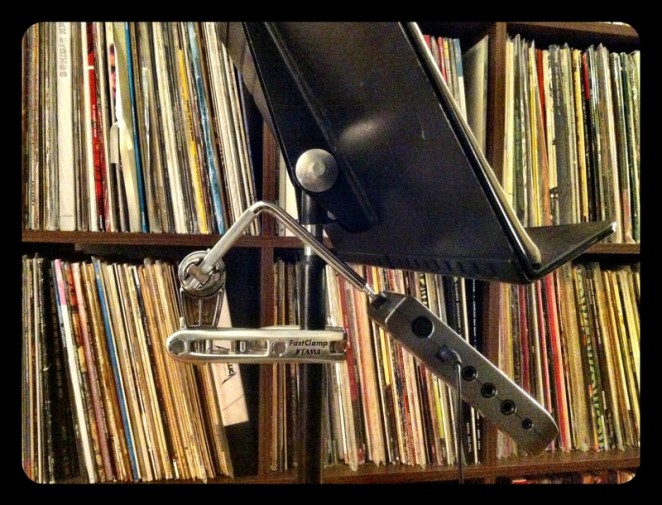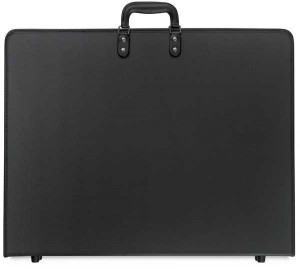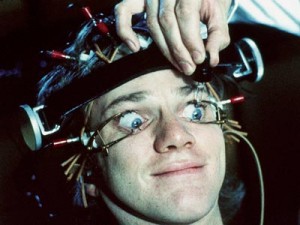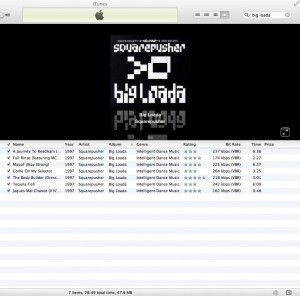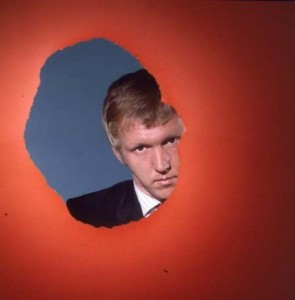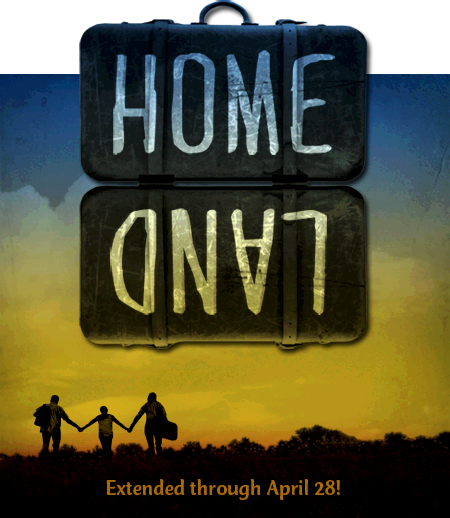Remember our end-of-the-year party at High Concept Labs last June? What you probably didn't know is that the power went out on half of Wabansia Ave just hours before you showed up. Across the street, the folks at the Hideout were scrambling to figure out what to do with the sizable crowds queueing up for its Just For Laughs Festival (and acts like W Kamau Bell, Pete Holmes and Brody Stevens) that very same evening. The Hideout pleaded with us to use the downstairs space at HCL and I immediately envisioned the Andante movement of Beethoven's Op. 59 No. 3 with Reggie Watts's dulcet ballad, F**k S**t Stack, wafting up through the floorboards. Short story long, we offered to help them out (don't worry, the power came back on prior to show time) and Hideout owner Tim Tuten offered us a slot in his 2013 season lineup…which we are cashing in on this Saturday.
Personally, I couldn't be more excited to play this joint. The Hideout is intimate, the stage is low and inviting, the crowd open-eared and the drinks silly cheap. If there is any question how much I love this venue, might I direct you to one of the photo locations from my wedding in 2011:
This house-shaped club isn't really a secret in Chicago, but sitting as it does in the middle of a public works campus, fans have made an effort to be there, and the riff raff is minimal or non-existent. It's played host to some outstanding talent, such as:
(get ready for some QUALITY audio, folks…)
Glen Hansard
Jeff Tweedy
Shellac
CAVE
The Fiery Furnaces
Jay Reatard
Alabama Shakes
Spektral can't wait to get the sounds of Alex Temple, Steve Gorbos, Ben Hjertmann, Liza White, Francisco Castillo Trigueros, Haydn, Mozart, Beethoven and Verdi inside these hallowed walls. Make sure you come up and say hi after the show…or during the show for that matter. See you on Saturday!





